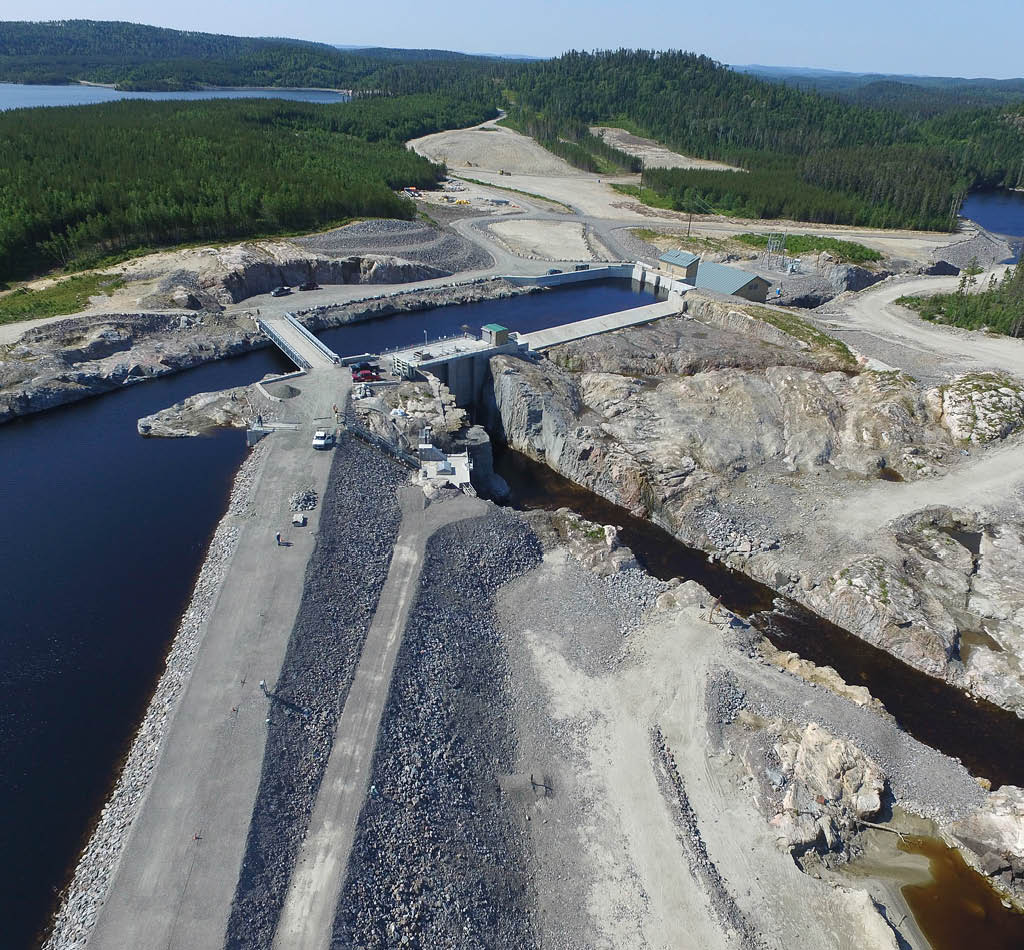Strategic Exchange
2022 Year in Review – Fallout from risk desensitization
January 12, 2023 by Peter Muldowney

The market turbulence experienced over the last several years culminated with a major downturn for both public equities and fixed income in 2022. However, the journey along the way did provide useful insights and lessons, particularly from the experiences during the height of the pandemic in 2020. This article considers the extent to which investors heeded the warning signs, or whether they were desensitized to the ensuing risks.
The international risk consultant, David Hillson, defines risk as “uncertainties that matter”. In other words, when reviewing various investment uncertainties, the key is to understand how material the consequences could be if things do not go as expected. The assessment and acceptance of risk varies among investors. This is because different investors have varying levels of risk appetite and risk tolerance.
The practical implications for investors from Hillson’s definition is to prioritize risks when deciding how to respond to them. For example, if a particular risk has a minimal impact and low probability, then you may choose to accept the risk. However, for risks identified as material and with a higher probability of occurring, you will want to act. This may include controlling the risk exposure through better portfolio diversification, or avoiding the risk altogether, if possible.
Insights from the global pandemic
In the recent market environment, the global pandemic surfaced insights and warning signs, including:
- Further concentration of equity markets, particularly towards technology companies;
- Increased risk of rising interest rates and potential for negative fixed income returns;
- Governments around the world working together to manage important global issues.
Equity market concentration
There was no surprise when equity markets declined in reaction to the spread of the pandemic in the first quarter of 2020 as investors responded to the implications for the economy and the fate of individual companies, particularly those in the travel and tourism industry as the world entered various stages of lockdown. However, the speed of recovery was a surprise to most.
Aided by extensive quantitative easing, equity markets bounced back robustly, with several delivering double-digit positive returns for calendar year 2020. Some of the strongest performing stocks globally in 2020 were technology companies that benefitted from the increased reliance on e-commerce during the pandemic. However, the strong performance also led to further concentration in the major equity indices. For example, Apple, Microsoft, Amazon, Facebook and Alphabet Inc. comprised over 20% of the S&P 500 Index at the end of 2020. The impressive performance also desensitized investors to concentration risk.
US equities are typically the largest equity component in most investors’ portfolios, so the increased concentration suggested a review of overall equity portfolio construction was appropriate. For those with a bias to global large capitalization developed equity markets, where the US dominates the overall market capitalization, potential considerations included the introduction of global small cap and emerging market equity allocations.
However, diversifying the overall equity allocation to reduce US stock specific risk did not address the information technology bias, since technology stocks globally benefitted hugely from the reliance on e-commerce during the pandemic. Therefore, an assessment of the overall equity style bias was also in order. For example, value style managers are less inclined to invest in technology stocks, thereby offering a source of sector diversification.
Reducing any bias to technology and growth stocks in general would have been a benefit in 2022, since technology stocks suffered the most for the calendar year. The ups and downs of specific stocks and sectors highlights the importance of having a formal risk assessment process to discuss and address uncertainties that arise, such as concentration risk.
Risk from rising interest rates
Fixed income yields have been in decline for decades, during which time governments and companies took the opportunity to significantly lengthen their bond maturities when issuing new debt. In doing so they contributed to an increased sensitivity to changes in interest rates (duration) for fixed income indices, such as the FTSE Canada Universe Bond Index, and the associated risk of low yields combined with high duration in a rising rate environment. For years “experts” predicted rising interest rates that did not unfold, leading to investors dropping their guard with respect to the ensuing risk.
Moreover, the fixed income market experience during the pandemic simply fueled investor desensitization. In times of equity market stress, a quality fixed income portfolio with high duration can provide an important source of diversification due to an increased demand for safe-haven assets and declining rates, which has seen fixed income markets deliver positive returns when equity markets experience significant declines. The defensive nature of fixed income came through in 2020 with the FTSE Canada Universe Bond Index returning 8.7% for the year, despite the low prevailing yield.
However, the risk associated with low yields and high duration in a rising rate environment reared its ugly head in full force in 2022 with the FTSE Canada Universe Bond Index declining over 11% and the FTSE Canada Long Term Overall Bond Index declining over 21% for the calendar year.
Actions taken by investors with an absolute return goal that heeded the low yield and high duration warning signs included:
- Adopting fixed income strategies with a capital preservation focus and less sensitivity to interest rates;
- Relaxing the constraints on fixed income managers with the goal of generating higher added value versus traditional fixed income strategies;
- Increasing the yield through other fixed income assets, such as commercial mortgages;
- Investing in higher yielding non-fixed income assets, including direct infrastructure and commercial real estate.
It is a different story for investors with liability-related goals, such as defined benefit (DB) pension plans, where in many cases, despite negative returns from the pension plan assets in 2022, the decline in the liabilities was greater, resulting in an improved funded position. However, for plans using leverage within their fixed income portfolio to increase the liability hedge, the market experience in 2022 may have worsened the funded position.
Due to the asset and liability dynamics of DB pension plans, upcoming risk assessments and related discussions will likely be focused on whether the experience in 2022 has created an opportunity to take advantage of an improved funded position. For example, where the goal is to manage the volatility associated with the funded position, increasing the allocation to fixed income assets could be one risk management consideration.
Governments working together
The global pandemic showed that governments around the world can work together to manage important global issues and created expectations for greater coordination on responsible investing in general, and specifically climate risk.
The current war in the Ukraine and associated impact to the energy supply and prices, saw resource-heavy markets, such as Canada, benefit from their higher energy allocation, which helped limit the extent of market declines in 2022 compared to markets with lower resource exposure. It also highlighted the challenges of adopting a position of no fossil fuel investments within a portfolio during a period when energy was the best performing equity sector.
However, it is crucial for governments and asset owners not to be desensitized to the importance and urgency of transitioning to renewable, cleaner energy, simply based on the recent investment return experience. While the world is still heavily reliant on traditional energy sources and there is still a long way to go to reducing our carbon footprint, a continued and orderly transition to cleaner energy is essential to manage the impact of climate risk.
Looking forward
Market turbulence of the last several years has contributed to desensitizing investors to ensuing risks. Risk management does not only have to rely on sophisticated modelling; it can take different forms including a simple discussion among trustees or committee members, drawing on the insights of investment managers and consultants, and fine tuning the asset strategy and portfolio diversification. In early 2023, take time to formally review your portfolio to identify any uncertainties which may elevate the risk of not delivering on your goals.



